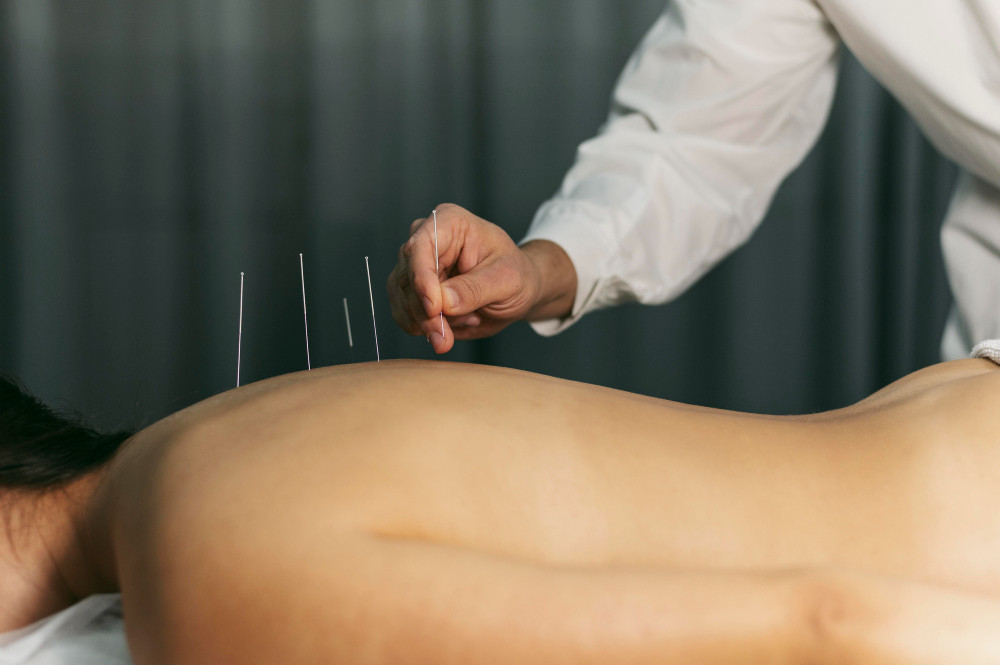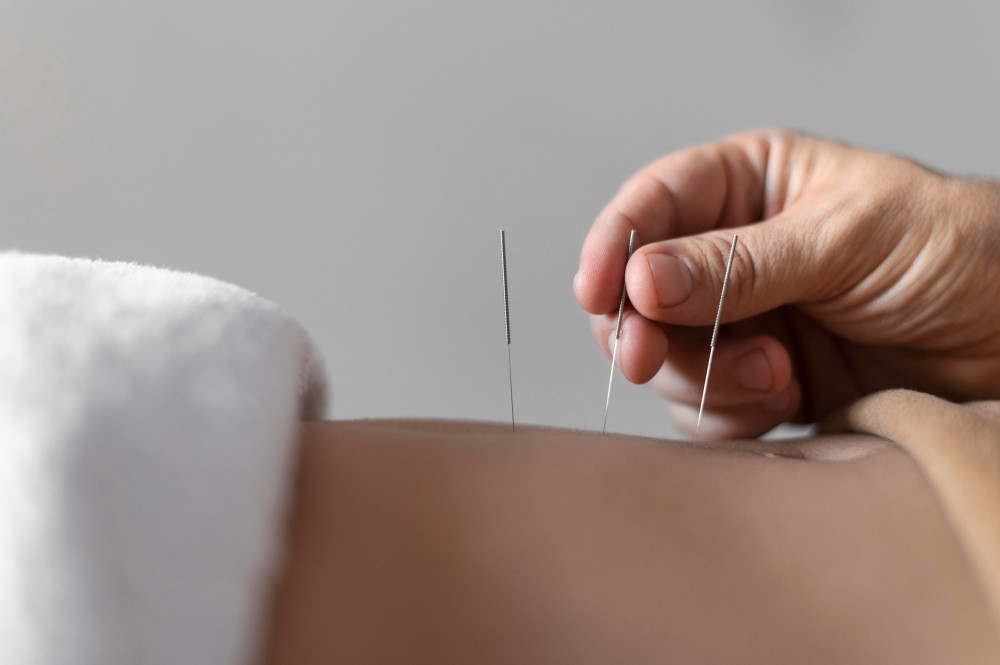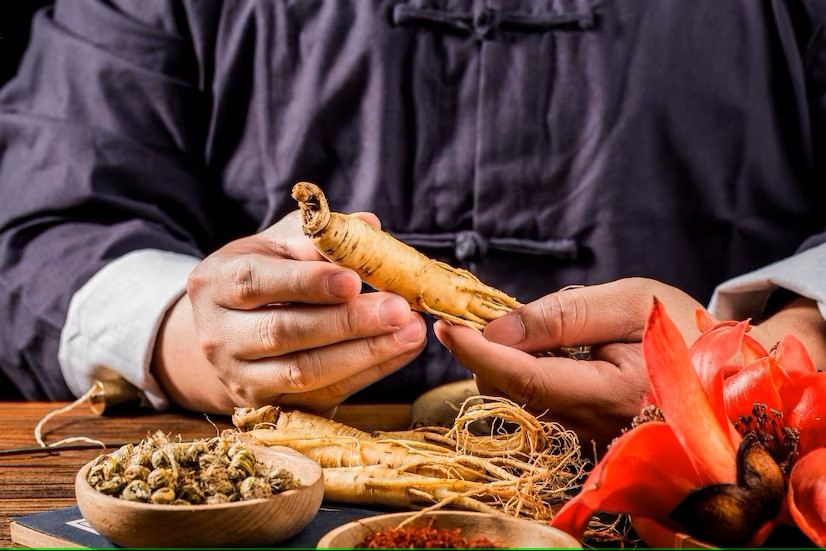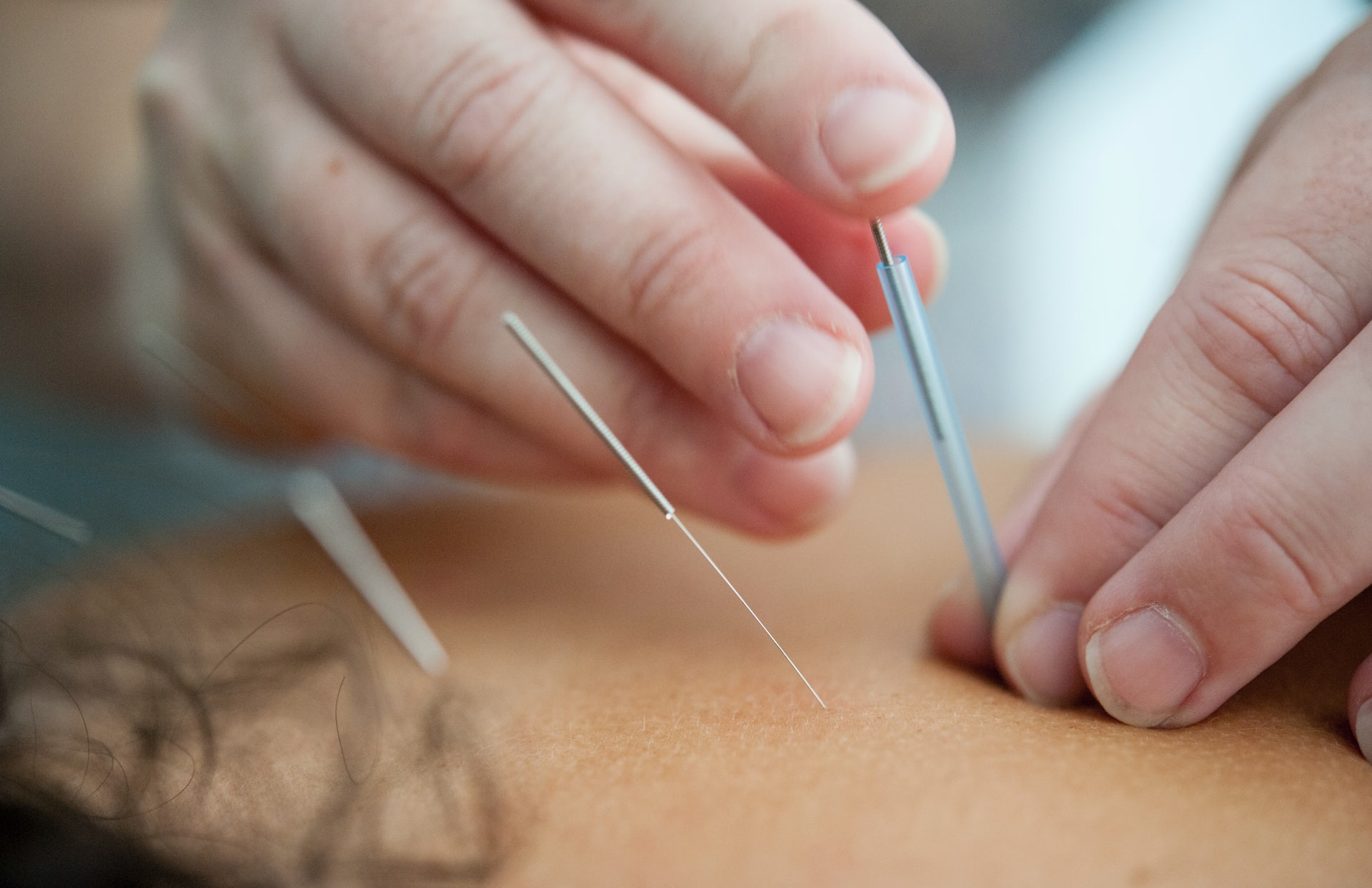Both dry needling and acupuncture therapy use needles during the treatment process. Although both use needles and are used to treat health problems, they have different ways of working.
What is dry needling?
You may be familiar with the practice of acupuncture. This needling therapy has been known for thousands of years in China. Acupuncture therapy is now widely practiced outside of Asia in many other countries as well. Dry needling is a newer type of therapy that is used for different purposes.
Dry needling is a contemporary method of treatment designed to relieve muscle pain. In dry needling, the therapist will use a series of short, fine stainless steel needles to stimulate areas of muscle spasm or stiffness. The needling will help release the tension causing the muscle pain or spasm. The length of the needling depends on the patient's needs.
Differences between dry needling and acupuncture
One of the main differences between dry needling and acupuncture is the theory underlying the practice of both therapies. The primary objectives of dry needling therapy are to reduce the patient's discomfort, relieve muscle pain and cramps, and increase flexibility. The therapist will insert the needle at the site of pain, also known as the trigger point, which is a tension point or knot in the muscle. This procedure is referred to as a "dry needle" because no fluid is injected into the needle.
Acupuncture, on the other hand, is based on the understanding that illness results from blocked Qi energy. It is believed that qi energy flows through 14 meridian points in the body, and acupuncture therapy aims to overcome these obstacles by applying needles to the areas that block the flow of energy.
Another difference is the lack of research on dry needles as well as the rules for performing dry needles. There are no specific regulations for the use of dry needles, so anyone can receive this therapy.
Unlike acupuncture, which has been popular in medical circles for a long time, a number of studies on acupuncture have been conducted, and regulations on acupuncture have been compiled. The practice of acupuncture should be done by a certified acupuncture therapist.
Benefits and risks of dry needling and acupuncture
Dry Needling
Dry needling therapy is primarily used to relieve pain and muscle stiffness. It also relaxes the muscles, increasing flexibility and improving range of motion. That is why this therapy is widely used to treat sports injuries, muscle pain, and fibromyalgia pain.
Common side effects of dry needling are pain and bruising at the needling site. The use of unsterilized and alternating needles can also lead to the occurrence of infectious diseases through shared needles. Furthermore, since dry needling can be performed by uncertified personnel, there is a possibility of injury and other side effects to be watched out for.
Acupuncture
Research on acupuncture has long been conducted; among its numerous benefits is its ability to reduce pain, improve blood circulation, reduce inflammation, and trigger the release of endorphins. Additionally, acupuncture therapy is also believed to be able to overcome several complaints, such as:
- Vomiting and nausea
- Headache
- Menstrual pain
- Allergies
Meanwhile, the risks of acupuncture include pain and bruising in the pierced area and the possibility of infection due to the use of non-sterile needles.
Dry needling therapy and acupuncture are both performed by inserting needles into the skin but for different purposes. If you have health problems and want to try this therapy, you should consult a doctor.
If you need medical advice or consultation, you can either visit a doctor or make use of the consultation features that are available in the Ai Care application by downloading the Ai Care application from the App Store or Play Store.
Looking for more information about health tips and tricks, first aid, and other home remedies? Click here!
- dr Nadia Opmalina
Holland, K. (2022). Dry Needling vs. Acupuncture: Which Is Right for You?. Available from: https://www.healthline.com/health/dry-needling-vs-acupuncture
Cleveland Clinic. Dry Needling. Available from: https://my.clevelandclinic.org/health/treatments/16542-dry-needling
Jenson, B., On Pins and Needles: Just What Is Dry Needling?. Available from: https://www.mayoclinichealthsystem.org/hometown-health/speaking-of-health/on-pins-and-needles-just-what-is-dry-needling#











